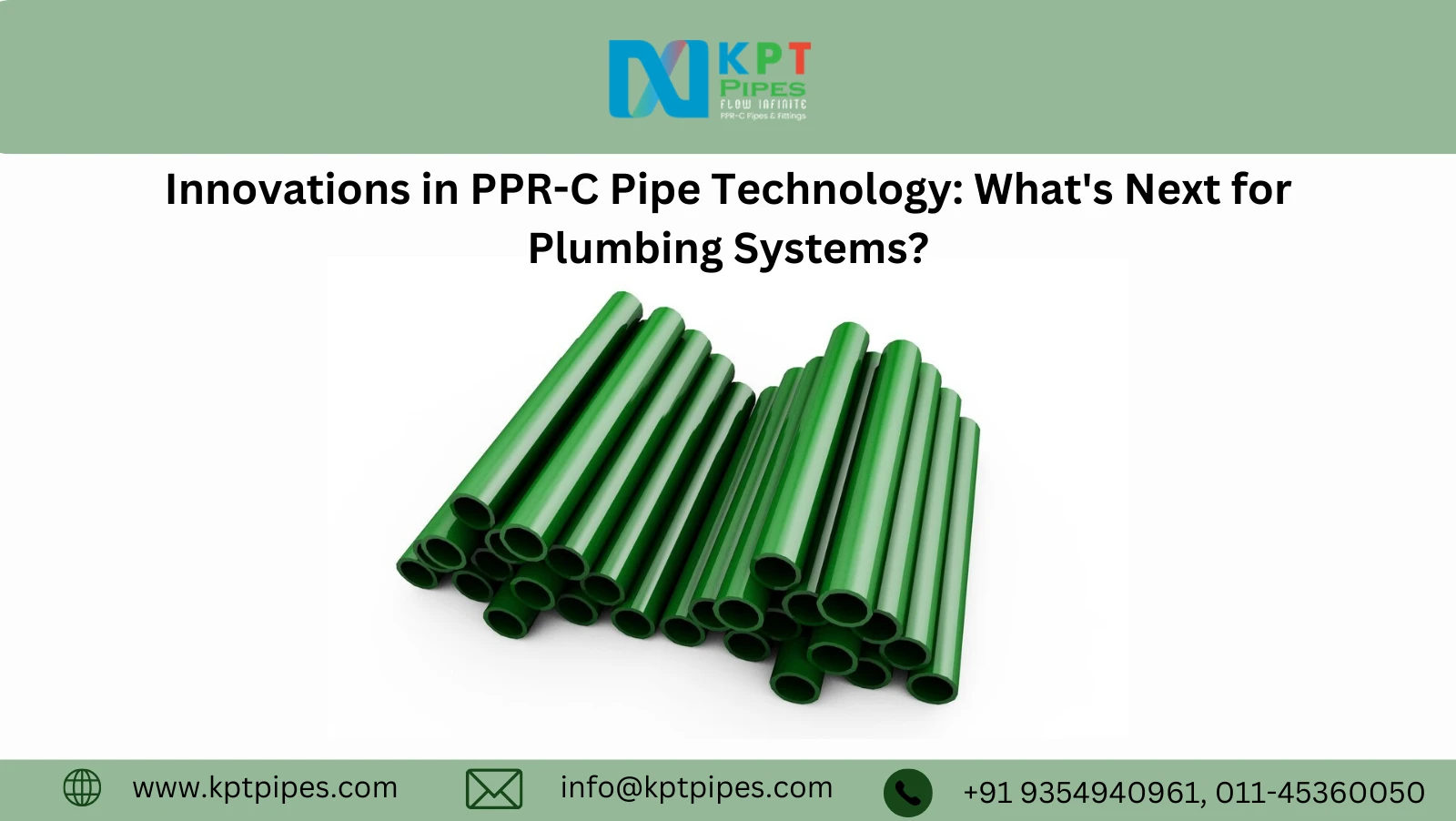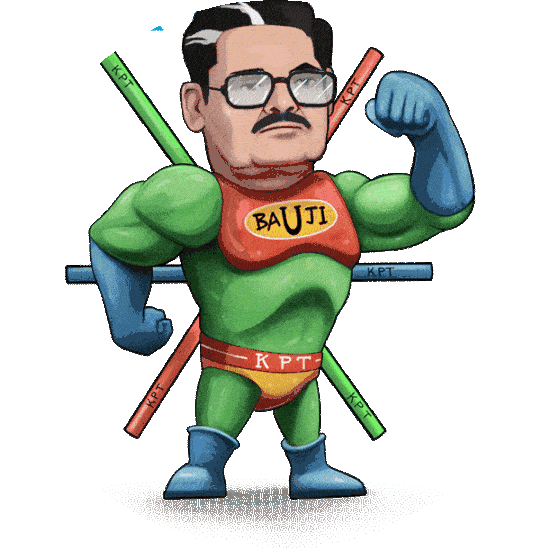
13 Sep Innovations in PPR-C Pipe Technology: What’s Next for Plumbing Systems?
Plumbing has come a long way since the days of clay and lead pipes. Today, modern plumbing systems rely on a variety of materials and technologies to ensure the efficient and safe distribution of water throughout our homes and buildings. One such material that has been gaining popularity in recent years is PPR-C (Polypropylene Random Copolymer) pipe. In this blog post, we will explore the innovations in PPR-C pipe technology and what the future holds for plumbing systems.
The Rise of PPR-C Pipe
PPR-C pipe is a type of plastic pipe that is known for its durability, corrosion resistance, and versatility. It has gained popularity in the plumbing industry due to its numerous advantages over traditional materials like copper and galvanized steel. Some of the key benefits of PPR-C pipe technology include:
Corrosion Resistance:
PPR-C pipes do not corrode, rust, or scale, ensuring a longer lifespan and maintaining water quality.
Durability:
PPR-C pipes can withstand high temperatures and pressures, making them suitable for a wide range of plumbing applications.
Lightweight:
PPR-C pipes are lightweight and easy to handle,thus reducing installation time and labor costs.
Low Maintenance:
These pipes require minimal maintenance, resulting in lower long-term operational costs.
Flexibility:
PPR-C pipes can be easily bent and molded to fit complex plumbing layouts, reducing the need for fittings and joints.
Innovations in PPR-C Pipe Technology
While PPR-C pipes have already revolutionized the plumbing industry, ongoing innovations continue to push the boundaries of what is possible. Here are some of the exciting advancements in PPR-C pipe technology:
Enhanced Heat Resistance:
Researchers are working on improving the heat resistance of PPR-C pipes, making them even more suitable for hot water applications. This could lead to increased efficiency and energy savings in residential and commercial water heating systems.
Antimicrobial Properties:
Some PPR-C pipe manufacturers like KPT Pipes are incorporating antimicrobial additives into their products. This innovation helps prevent the growth of bacteria and biofilm within the pipes, contributing to improved water quality and hygiene.
Smart Piping Systems:
The integration of smart technology into PPR-C piping systems is on the horizon. These systems can monitor water usage, detect leaks, and provide real-time data to homeowners and building managers, enhancing water conservation and reducing maintenance costs.
Eco-Friendly Materials:
As sustainability becomes a central concern, PPR-C pipe manufacturers are exploring ways to use recycled materials in their production processes. This can reduce the environmental impact of plumbing systems and contribute to a greener future.
Improved Joining Techniques:
Innovations in joining methods, such as heat fusion and electrofusion, are making PPR-C installations even more reliable and leak-resistant. These advancements enhance the overall performance and longevity of plumbing systems.
What’s Next for Plumbing Systems?
As we look to the future, it’s clear that PPR-C pipe technology will play a significant role in shaping plumbing systems. Here are some predictions for what’s next in the world of plumbing:
Increased Adoption:
PPR-C pipes will continue to gain popularity, replacing traditional materials in many plumbing applications. Their affordability, versatility, and durability make them an attractive choice for both residential and commercial projects.
Energy Efficiency:
With ongoing developments in heat-resistant PPR-C pipes, we can expect to see greater energy efficiency in hot water systems. This will not only reduce utility bills but also contribute to a more sustainable future.
Enhanced Water Quality:
Antimicrobial PPR-C pipes will become more common, ensuring that the water we use for drinking and sanitation remains safe and clean.
Smart Plumbing Systems:
The integration of smart technology will revolutionize plumbing, making it more convenient and efficient. Homeowners and building managers will have greater control over their water usage and be able to detect and address issues in real-time.
Sustainable Solutions:
Eco-friendly materials and manufacturing processes will become standard in the plumbing industry. This shift toward sustainability will help reduce the environmental impact of plumbing systems.
Conclusion
Innovations in PPR-C pipe technology are reshaping the plumbing industry, offering improved durability, efficiency, and sustainability. As we move into the future, we can expect even more exciting developments in this field. From enhanced heat resistance to smart plumbing systems, PPR-C pipes are poised to play a pivotal role in creating safer, more efficient, and environmentally friendly plumbing systems for homes and buildings worldwide. Stay tuned as these innovations continue to transform the way we think about plumbing.




